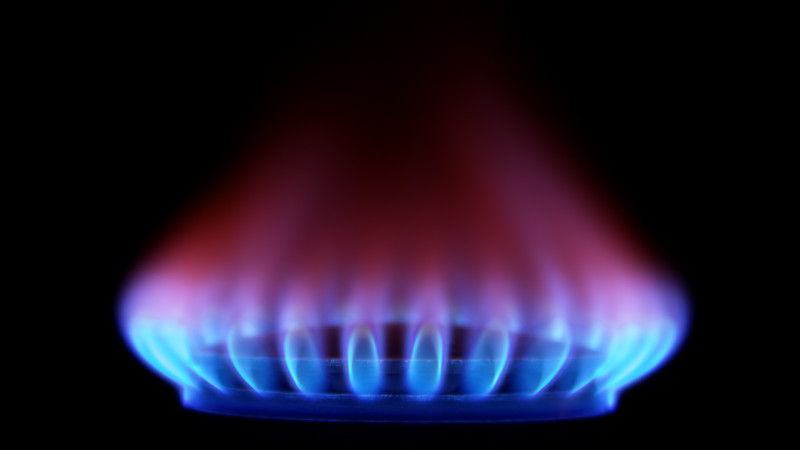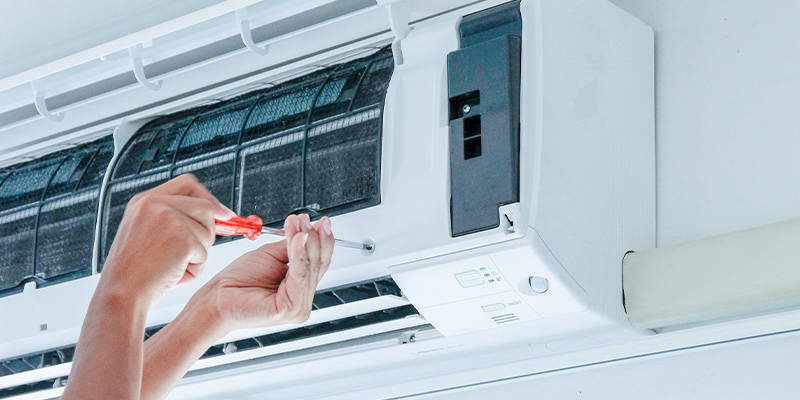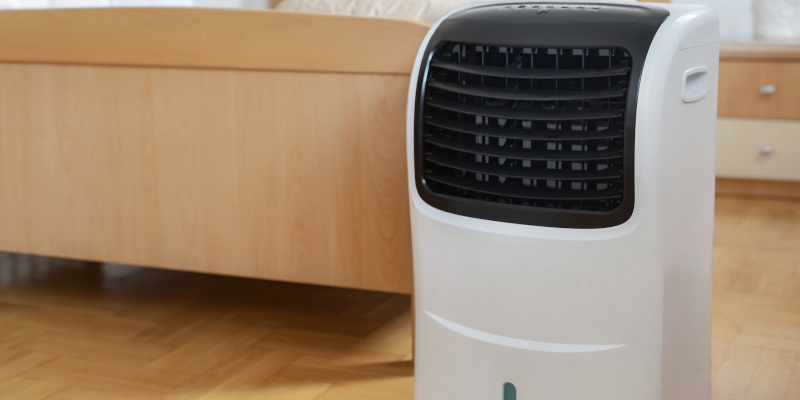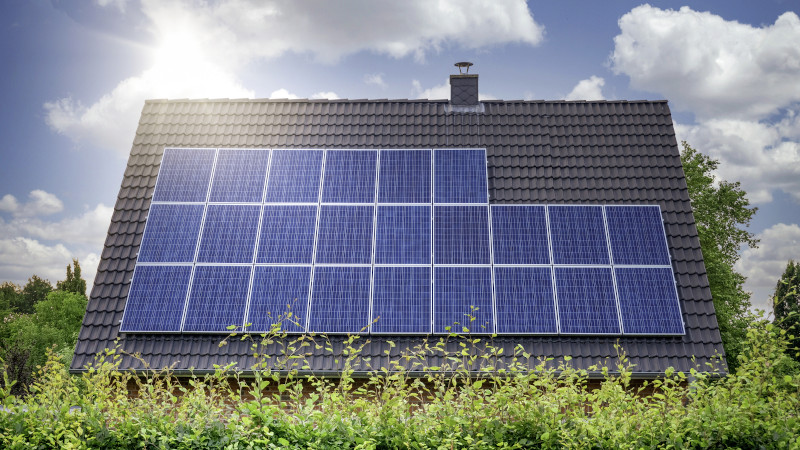The Difference in Cost of Heating and Cooling
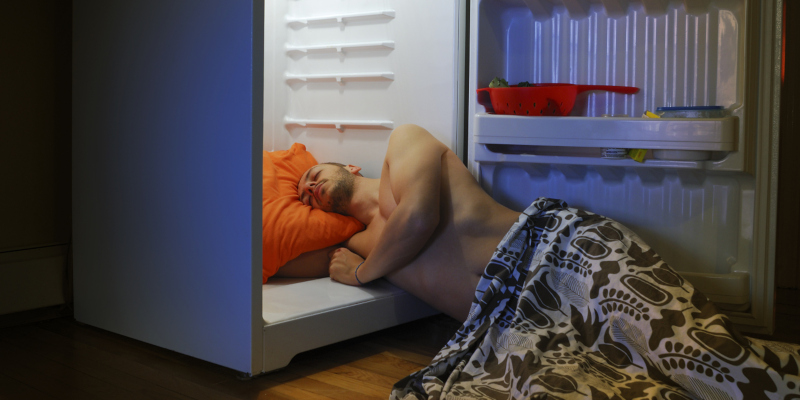
Every location is going to have different energy cost usages over the months, but usually the summer months cost more than the winter months in terms of energy usage (assuming the home has both AC and heating units). The obvious answer is that it takes more energy to cool a room than to heat a room, but this begs the question of why? Here is a short explanation of why heating and cooling use such different amounts of energy.
Heating: this hot part of the heating and cooling equation is simple, because heating can simply turn energy into heat. Whether it is a space heater, furnace, or any other source of energy, these units are 100% efficient. A system’s efficiency is based on how much energy is used compared to how much is lost to heat, so when a system’s goal is to create heat then all energy lost in process is still turned into heat. Thus, why heating a room is energy-efficient.
Cooling: To make a room cool the energy within the room must be removed. This means the heat in a system must be evacuated from the system. Energy must be used to do this, so the outside world is heated twice as much when AC is used (from both the heat being moved, and the heat used to move the heat). That is why cooling a room is so energy inefficient. This is also why leaving your freezer open will increase the total room temperature.
The amount of heating and cooling changes depending on location, but due to the laws of thermodynamics the energy cost to raise a room by 1 degree is significantly less than decreasing the rooms temperature by 1 degree. This is in turn why the cost of running an air conditioner is much greater than the cost of running a heater.

